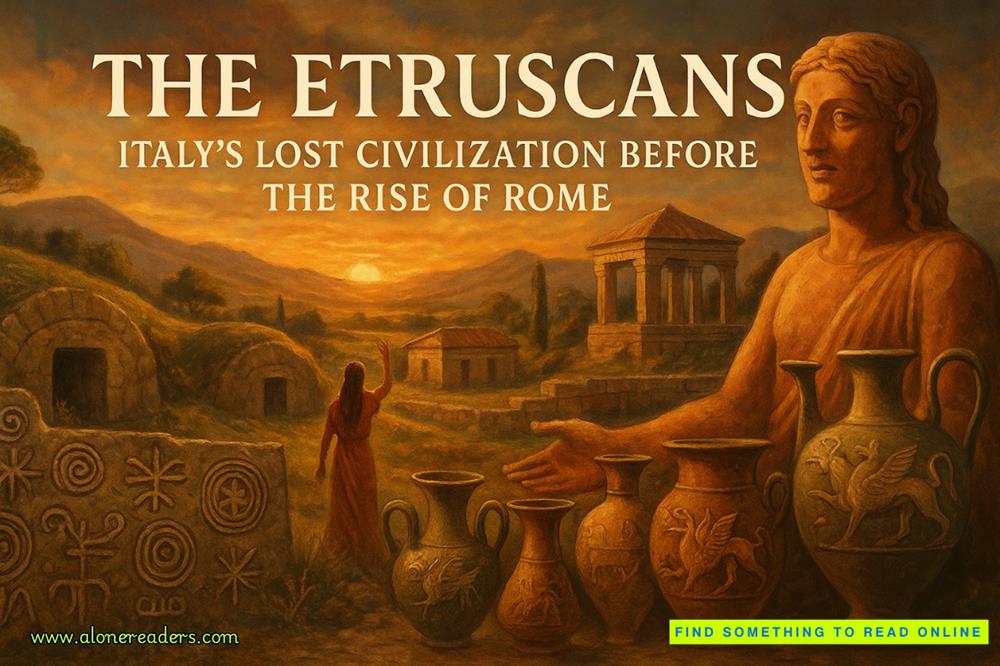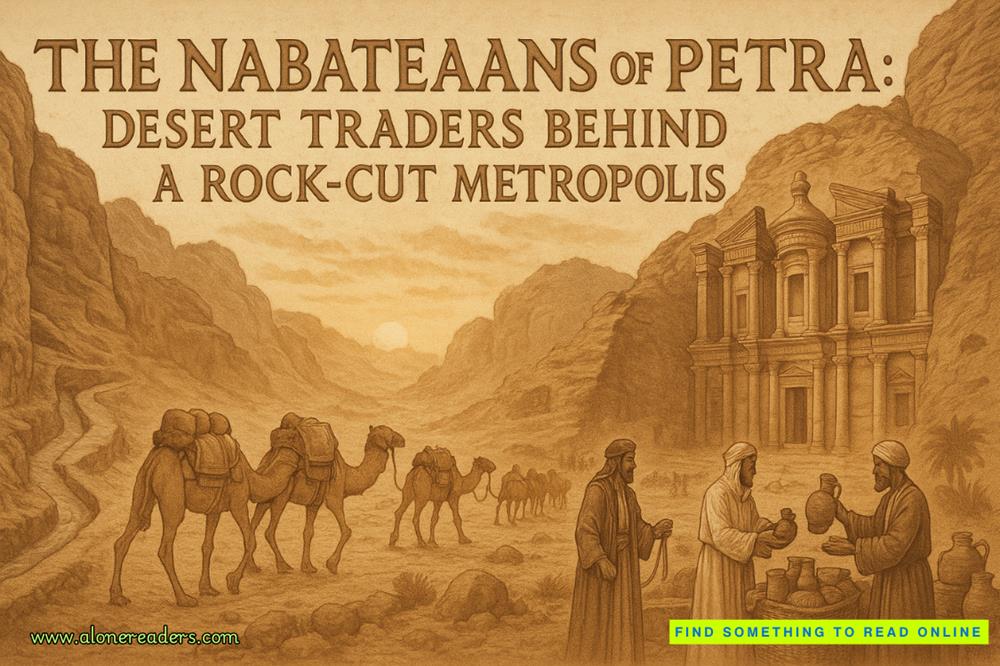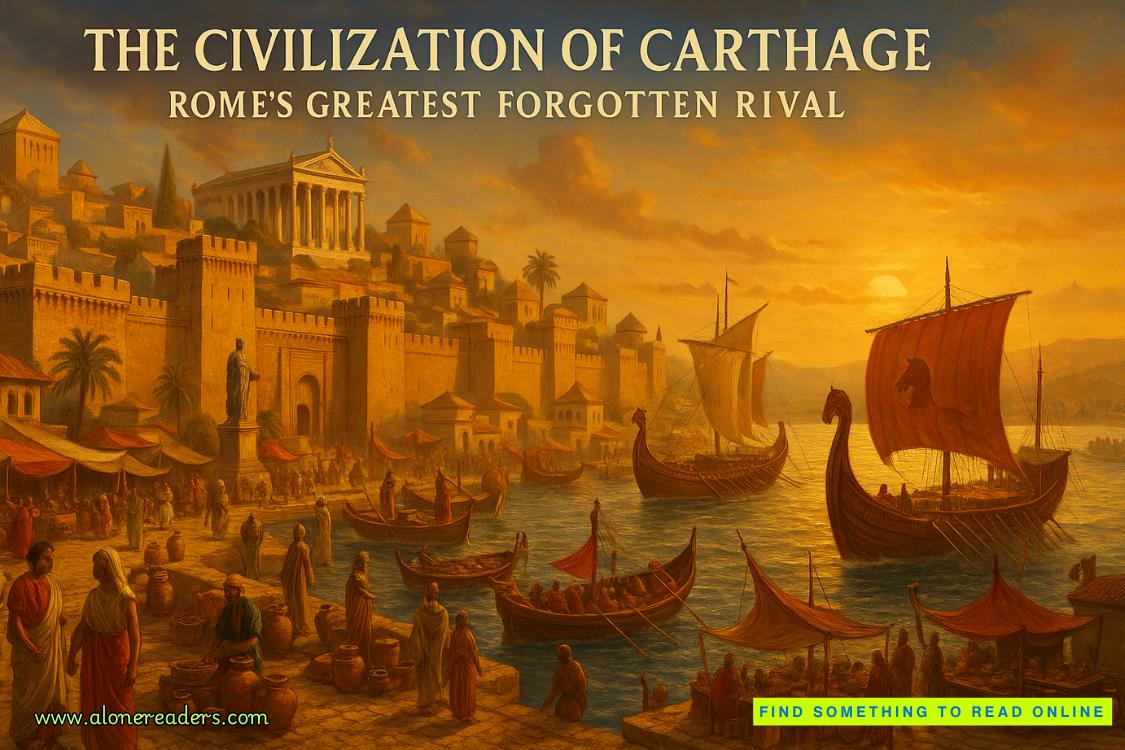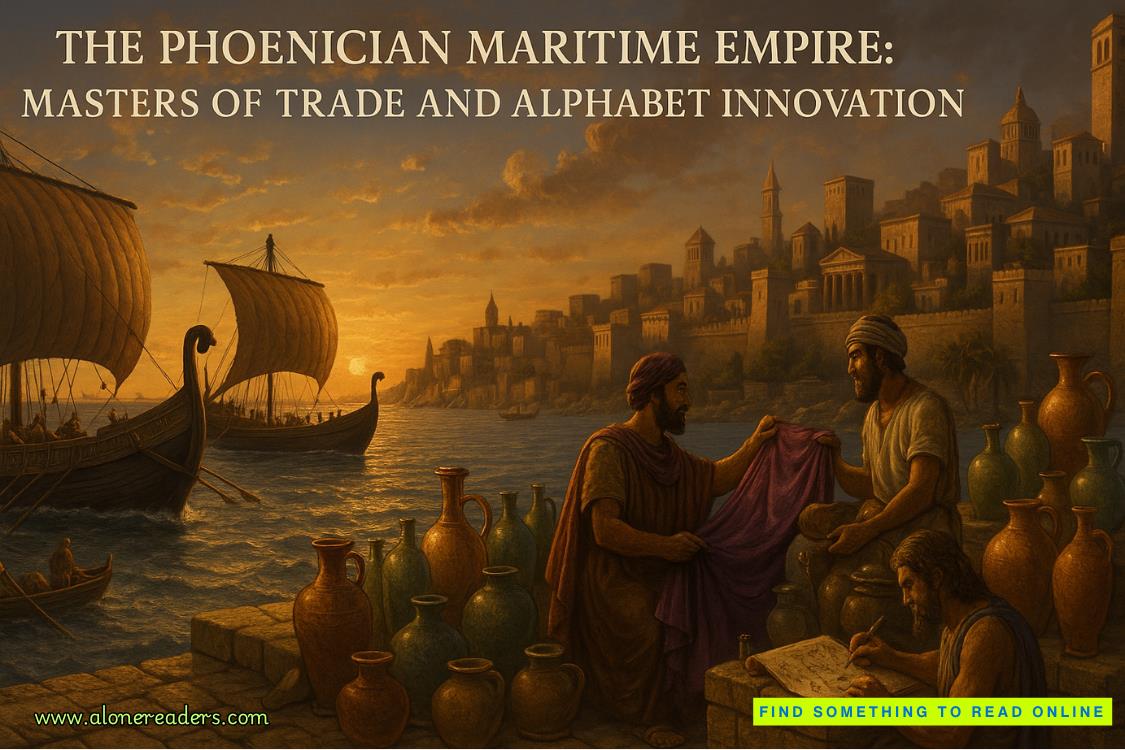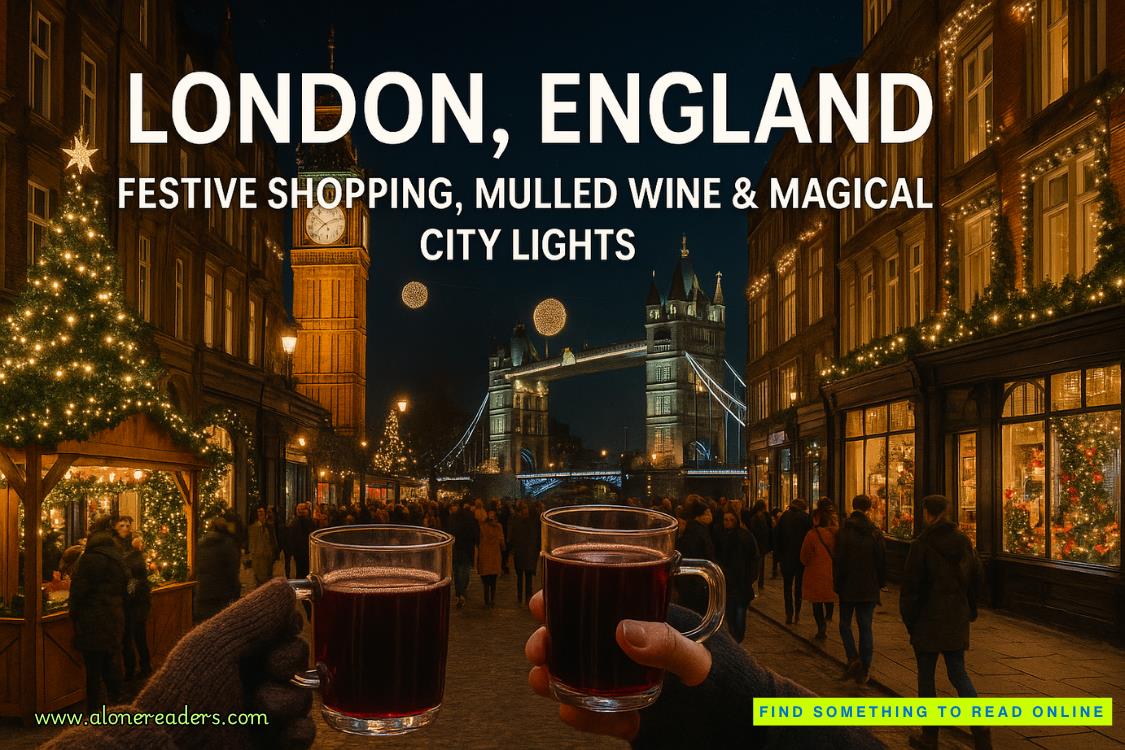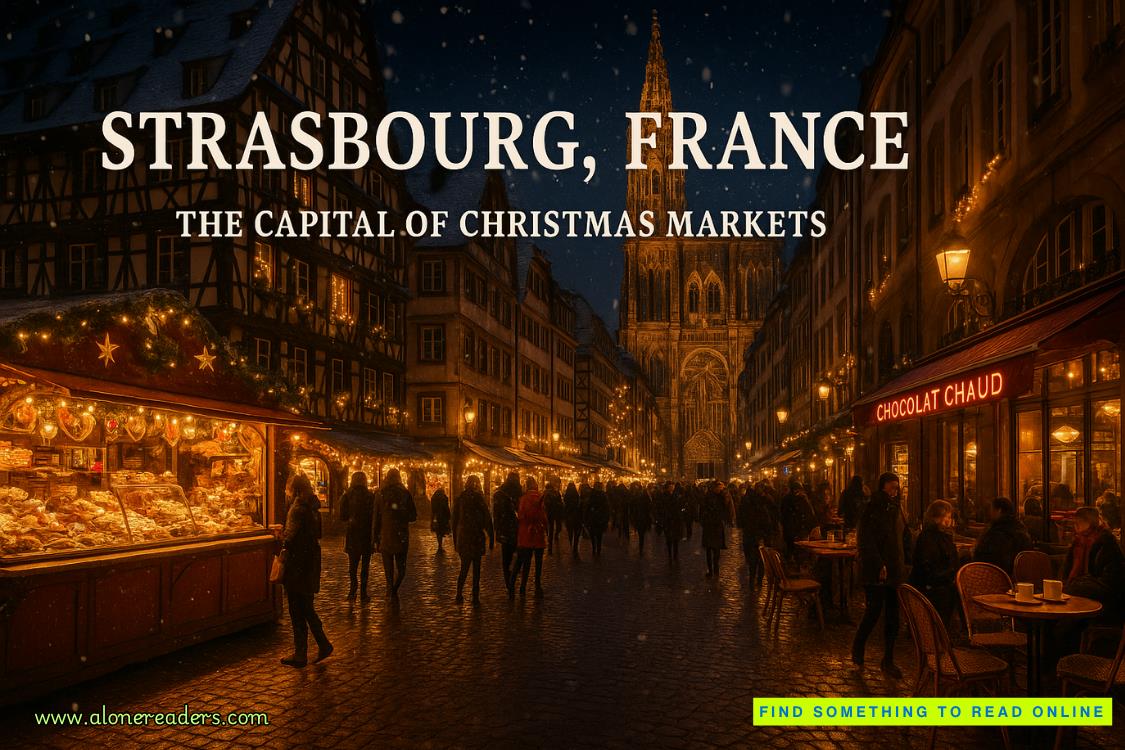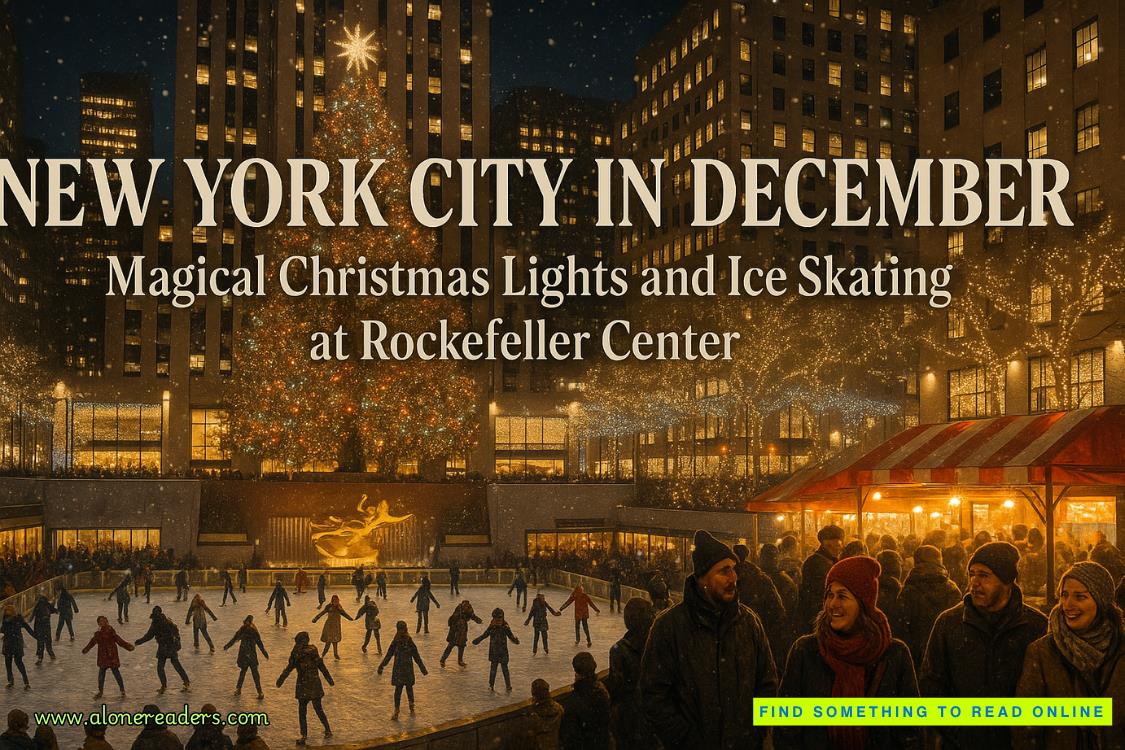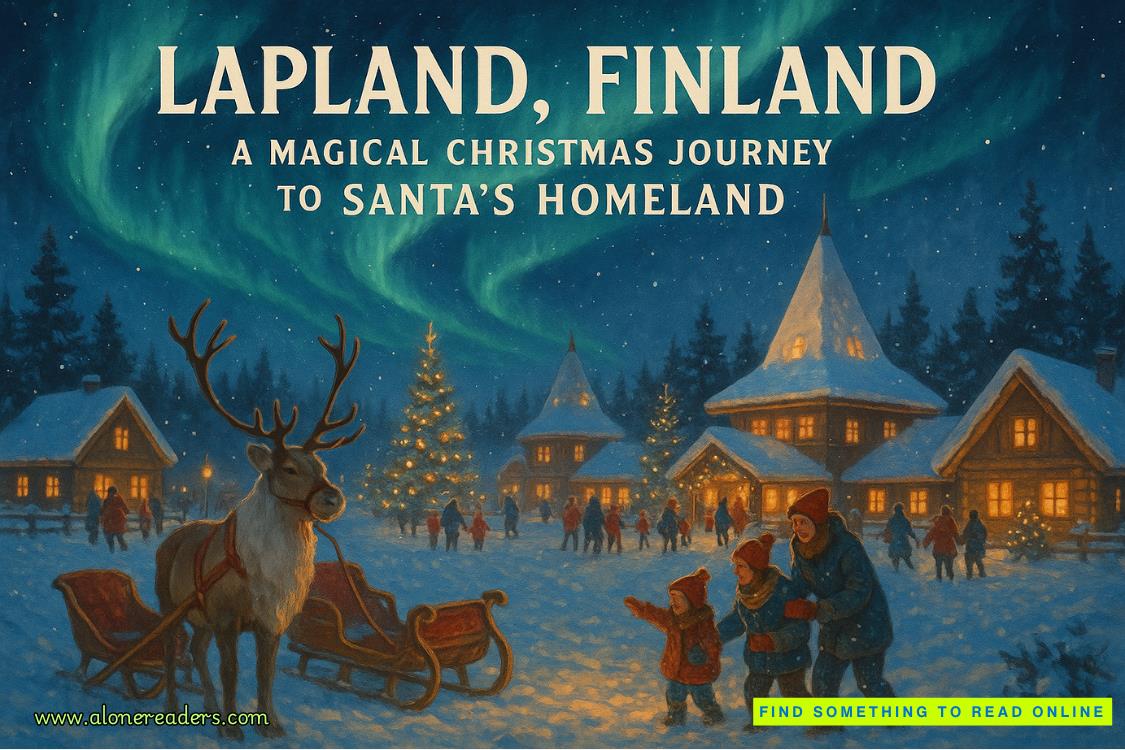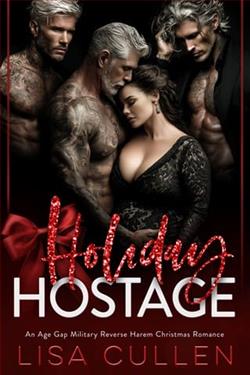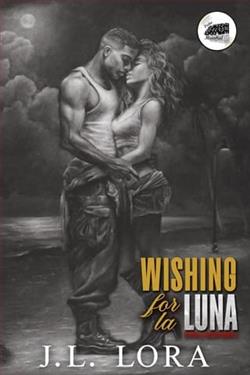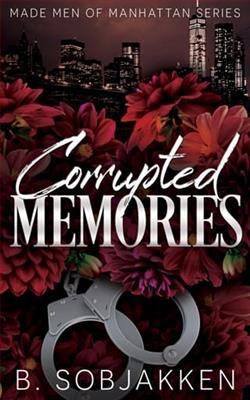Page 55 of Sweet Animosity (Ruthless Obsession)
I put on some music and headed into my art studio.
I stood there for several minutes staring at the poplar plank I had prepared for yet another forged Mona Lisa.
With resolve, I plucked it off the easel and set it aside. Then I selected a fresh canvas from a stack I had leaned against a far wall and placed it on the easel.
I took a seat before the blank white canvas.
A shudder ran up my spine.
The terror of a blank white canvas.
So full of possibility.
So full of nothingness.
So white.
So blank.
It had been so long since I’d painted something of my own.
Even with the extra work to mix the historic colors and the skill involved, forgeries were easier.
There was a vulnerability to creating something of my own. It was impossible for an artist to distance themselves from their art, no matter the medium.
It was that human element, that pathos, that separated us from the robots.
An artist had heartbreak, triumphs, memories, a past.
While a graphic artist program could recreate a technically perfect sunset on canvas, there would always be something missing.
The emotional memory.
The paints would not hold within their pigment the sorrow or joy from the moment. They would not show the very primal and raw connection to our ancestors.
For who could look at the skies and not wonder how the very same stars, the same sun, the same moon shone down on our ancestors going back thousands of years?
The awe and majesty that simple thought inspired.
That I could stare at the same brilliant orange, deep purples, and subtle blues that a woman who lived hundreds of years before me had. Just because I would call it natural science and she would call it religion, didn’t take away from the beauty of the sight or the human connection we now shared.
The image would not show that hint of pink that perhaps scientifically shouldn’t be there, but existed in my memory. Because I remembered it that way. It was real; it was a living thing; it was art.
It was why even something as simple and innocuous as painting a sunset could still hold the power for a stranger to see inside of me.
To judge me. To judge that moment. To judge my memory. To judge my connection.
But not only to judge, to tear down, to destroy.
While it was true that throughout human history, all forms of beauty and art held elements of darkness, death, and destruction, it was because those were intrinsic elements of one another. They were part of the creative process. And they had a purpose.
There was no purpose to the destruction now.
There was no purpose to an art critic ripping to shreds a painting because it didn’t fit their commercialized aesthetic.
Because they didn’t believe sunsets should have hints of pink.
To what end?
What was the purpose of trashing a movie or a book or a restaurant? To warn others, some might say, but again, to what end? What purpose in this world did it serve to tell others that a burger wasn’t to your liking?
The next person who came to the experience with distinct memories of backyard burgers, different tastes, and different emotions tied to their senses, could not possibly share the same view. When one person bit into a burger, they might be disappointed because they missed the slight burnt taste of their father’s grilled burgers from long summer nights in their childhood. While another could bite into that same burger and be taken back to a perfect first date with the person they’d married. But both might miss out on the experience, because a random person on Yelp said it wasn’t worth the trip.
The idea devastated me.
And crippled me.
How was it possible to create something so delicate and imperfect as art, in a world bent on the glorification of perfection and the debasement of those humble servants who tried but failed to meet thousands of uniquely individual expectations?
Was it any wonder I turned to forgery?
Forgery was safe.
The art had already been judged, and society had found it good.
It wasn’t my memories mixed into the pigments of the paints.
It wasn’t my soul.
Forgery was creating art while wearing a suit of armor.
I picked up my pencil, my arm suspended over the canvas.
I thought of Var.
Of the beauty trapped within the violent images and faded ink of his tattoos.
Of the hints of black and green within the deep sapphire of his eyes.
Of how the light reflected off his glossy black hair, making it appear sometimes almost blue.
I thought of the color red in all its passionate and irresponsible forms; crimson, cardinal, rust, ruby, carmine, scarlet, rose, cerise, claret, vermillion.
I thought of how droplets of water create little rainbows, even if that water is piped through an industrial fire suppression system.
How melted vanilla ice cream mixed with strawberry sauce creates a warm pink the same color as a blush.
